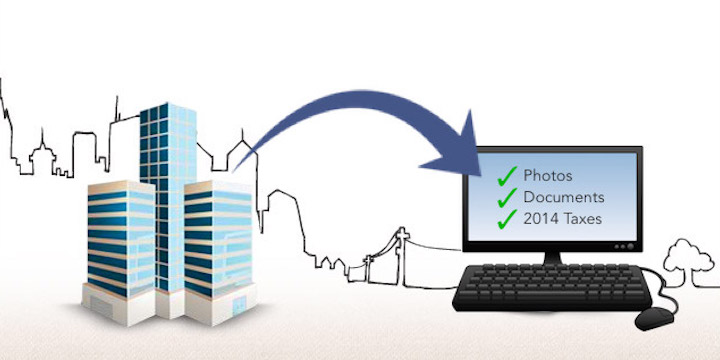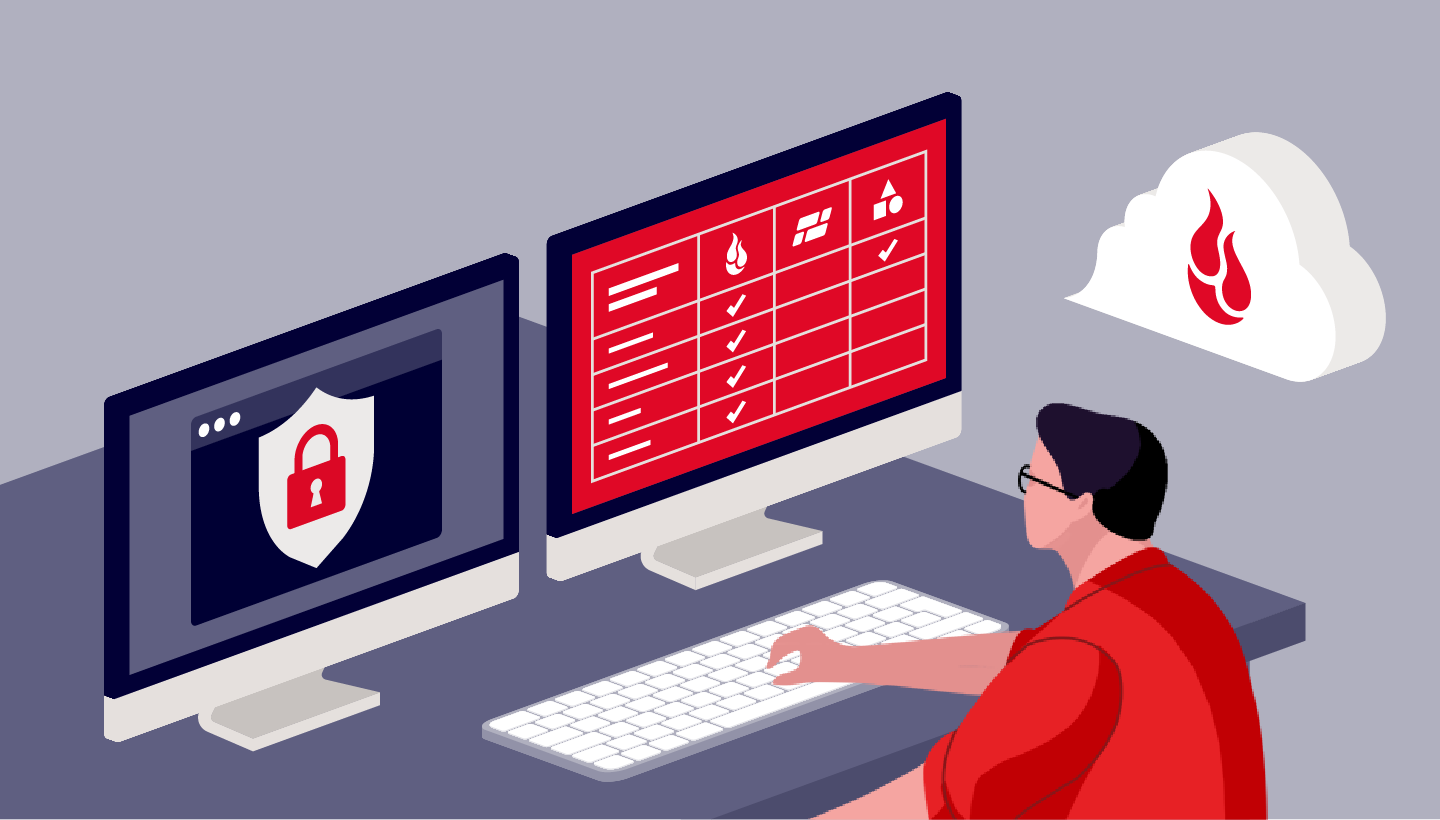
Everyone should be backing up, right? Sure. Backups, though, aren’t important. If you want to get your data back, the thing you should be worried about is the restore. Can you restore your data? A backup you can’t restore data from is worthless. Don’t assume no news is good news from your backups. You test your smoke detector at least twice a year. Now’s the time to test your backups on that same schedule.
Why You Can’t Restore Off Your Backup
-
- You aren’t backing up the right files.
Most backup programs and services give you a report that the backup was successful. That only tells you part of the story. You know something was probably backed up, but aren’t sure what files those are. Programs sometimes store data in unusual places. Quickbooks, for example, often puts its files in the Public folder in Windows. Some backup programs will only backup the user folder. The programs can also move the data folder after an upgrade but the backup program has no way of knowing that.Backblaze backs up most folders unless you tell it not to, so it doesn’t usually suffer from the problem. You tell it what folders to exclude. Those exclusions might not be up to date. I excluded an external hard drive years ago. Then I started running out of space on my main drive and moved stuff to that external. It wasn’t until I did a backup checkup that I realized I told Backblaze to exclude that drive.
- You aren’t backing up the right files.
-
- You can’t log in to your backups.
Online backup services have protections in place to prevent hackers from getting your data. Many software backup programs let you put a password on your backup. Time Machine, for example, lets you encrypt your backup data. If you forget that password, you may be out of luck. Lots of programs and services let you reset a forgotten password. If you don’t have access to that old email address, you might not be able to get in. Backblaze lets you create a custom encryption key. That key is separate from your Backblaze login to provide an extra level of security to your account. If you forget that key, no member of staff can recover your backup. It’s that secure.The latest form of protection for your backups is Two-Factor Authentication. It’s based on something you know and something you have. That extra something is usually your mobile phone. If your mobile phone changes and you don’t tell your backup provider, you could be locked out of your backups.Backups are a copy of the stuff you care about on your computer or mobile device; you don’t want it to fall into the wrong hands. That’s why you keep a unique password for this in a safe place.
- You can’t log in to your backups.
- You don’t have the software or skills to do the restore.
With online services, you can usually just download the software and begin the restore. Backblaze lets you download your data immediately without installing software—though larger data restoration is easier with the software. With software based backups you’ll need a copy of the software to do the restore. If your hard drive fails you’ll need not just a backup of the software, but a version that is compatible with your computer. That’s a particular problem when you upgrade your operating system or switch platforms like going from PC to Mac.Whichever method you use to backup your data, you need to know how to do the restore. Programs can be confusing and I think backup software tends to be really hard. If you don’t do it right you can accidentally overwrite good data. The worst time to learn how to do a restore is just after your hard drive has crashed. That’s why you need to practice a restore.
Can You Fall Back on Your Backup (Or Spring Ahead With It)?
Just like we’re reminded to test our smoke alarms twice a year, that beep should remind us to check out backups. It takes a bit more time and effort than pressing a button, but not by much. Before you do a test restore, do a final backup. That way if you overwrite data during the restore accidentally, you won’t lose much of anything.
-
- Test your mission critical data file first.
You know which file that is. The one that you can’t live without. The one you’d pay a data recovery service thousands of dollars to recover. For me, that’s the notes on my customers. Other people might pick a contracts folder or their financial management program. Whatever it is, you should know how to restore it properly before a disaster strikes. Each program will be different, but the goal is to be able to find that important data file on your backup. After you figure out where it is, restore the file to your desktop. I always recommend the desktop because you’ll run the least risk of overwriting the data.
- Test your mission critical data file first.
-
- Test some pictures for restoration.
In my experience, photos are the data people get the most upset about losing. Pictures capture moments and memories that will never happen again. When they are lost they can never be recreated. Even if you wore that wedding dress or tux, people will know it’s not your wedding picture. I pick three random pictures from my library and restore them to the desktop. That’s the best part of doing a test restore. It’s a nice stroll down memory lane. Feel free to skip over the pictures of your ex though.
- Test some pictures for restoration.
- Test a few random files.
Here’s where you just randomly pick about three files. Whatever inspires you, it doesn’t matter. I usually just scroll down the screen and pick the file at the bottom, top, and middle of the screen. Try to pick files from different folder/directories and don’t pick the same files you did in steps one or two as you might find that those files are okay, but nothing else is backed up. The only rule is don’t pick the same random files each time. After all, they need to be random.
If you do this twice a year, you’ll make sure that those backups aren’t just files stored somewhere. They are files that can be counted on and relied upon to be there when disaster strikes.




